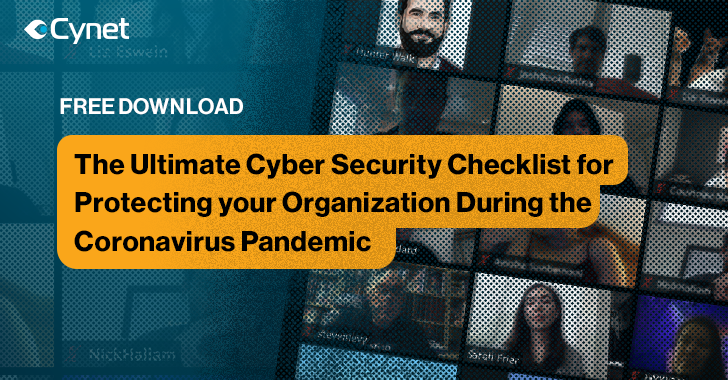Security News

The global COVID-19 pandemic and new geopolitical risks are challenging chief information security officers and causing them to adapt their management to the current climate, according to a report released on Monday. London-based ClubCISO, a global private members forum for information security leaders, surveyed 100 CISOs for its 2020 Information Security Maturity Report and identified cyber resilience, security culture, and cloud security to be three hot topics, according to a press release.

In Part 1 of this two-part series, I discussed the flaws in trying to apply trusted IT cybersecurity best practices to the Operational Technology environment, and provided the first of three recommendations for how to bridge the IT-OT security gap: eliminate complexity. The risk of disruption and downtime to implement a new security control, patch or system upgrade is a non-starter for OT teams.

As a result, CIOs and CISOs face a double challenge on the cyber risk front - apart from the new risks that the mass transfer of employees working remotely brings, capturing the management mindshare for further investments in security becomes harder than ever. The Definitive Corona Cyber Security for Management PPT template provides security executives with an easy and intuitive tool to present management their existing security posture and translate it to tangible business risk, as well as making the case on how to address gaps if such exist.

As a result, CIOs and CISOs face a double challenge on the cyber risk front - apart from the new risks that the mass transfer of employees working remotely brings, capturing the management mindshare for further investments in security becomes harder than ever. The Definitive Corona Cyber Security for Management PPT template provides security executives with an easy and intuitive tool to present management their existing security posture and translate it to tangible business risk, as well as making the case on how to address gaps if such exist.

CISOs should focus on shifting the conversation from cybersecurity to cyber risk and provide concise, quantitative responses to the board's questions without the use of overly technical terms or concepts. Quantifying cybersecurity for the board of directors.

Before getting into specifics, it's important to set the context and acknowledge that these recommendations are predicated on the fact that security teams are very familiar with IT networks but not OT networks. OT networks have no modern security controls, which provides an opportunity to build a security program from scratch.

As it faces a major lawsuit, Zoom is taking a significant step to bolster security and privacy efforts by recruiting an industry heavy-hitter - former Facebook CISO Alex Stamos - to provide special counsel. Zoom now says that it aims to clean up its issues from both the product side and by taking a high-level executive approach, Zoom founder Eric Yaun said in a blog post published Wednesday.

As COVID-19 spreads across the globe, what challenges are CISOs and other cybersecurity executives dealing with and what things they don't want to be dealing with at the moment? Finally, as the economy takes a hit due to COVID-19 and the widespread "Shelter in place" directives, cybersecurity executives can expect some of the previously allocated cybersecurity budget to be cut and the funds redirected towards measures that will keep the organization afloat.

The CISO Checklist for Secure Remote Working was built to assist CISOs in navigating through COVID-19, providing them with a concise, high-level list of the absolute essentials needed to ensure their organization is well protected in these challenging times. The CISO Checklist for Secure Remote Working was built to assist CISOs in navigating through this noise, providing them with a concise, high-level list of the absolute essentials needed to ensure their organization is well protected in these challenging times.

Security Technology: A recommended list of product categories that should be installed and configured. Security Team: Every team, regardless of size and dedication level, has a set of procedures to handle ongoing security operations routinely.